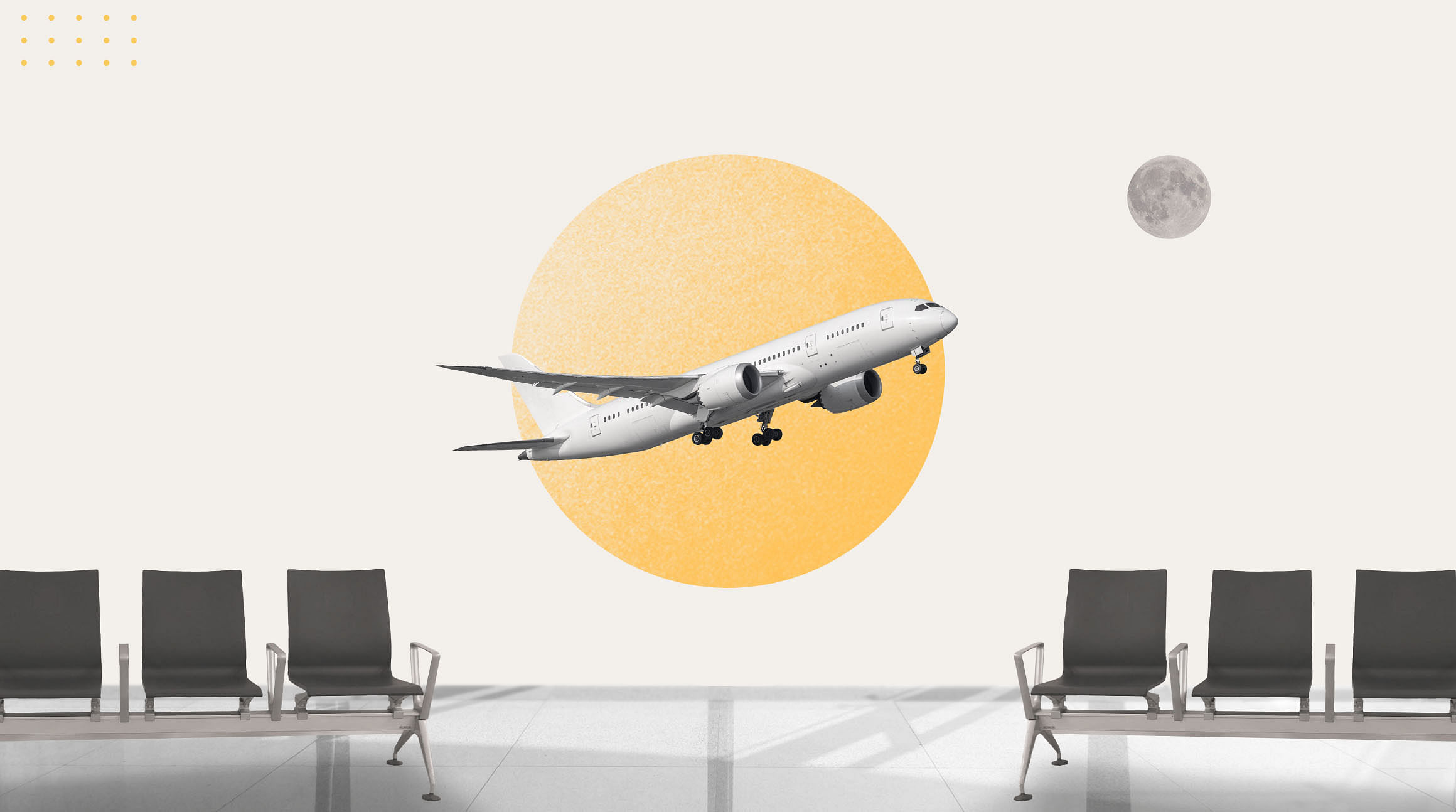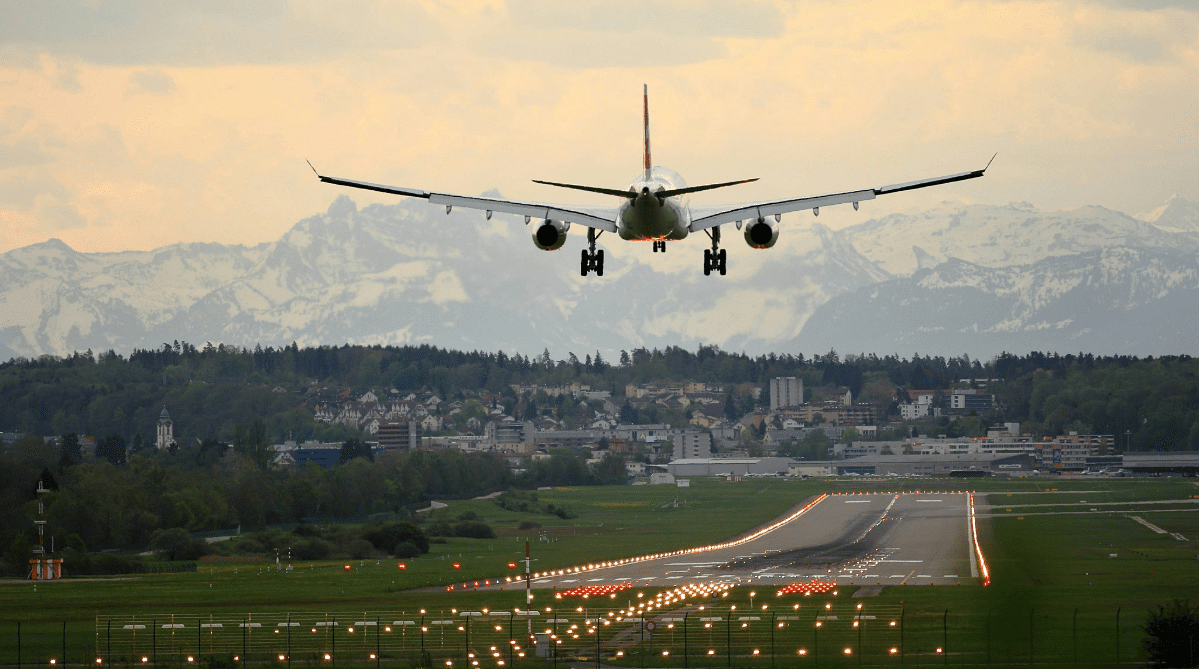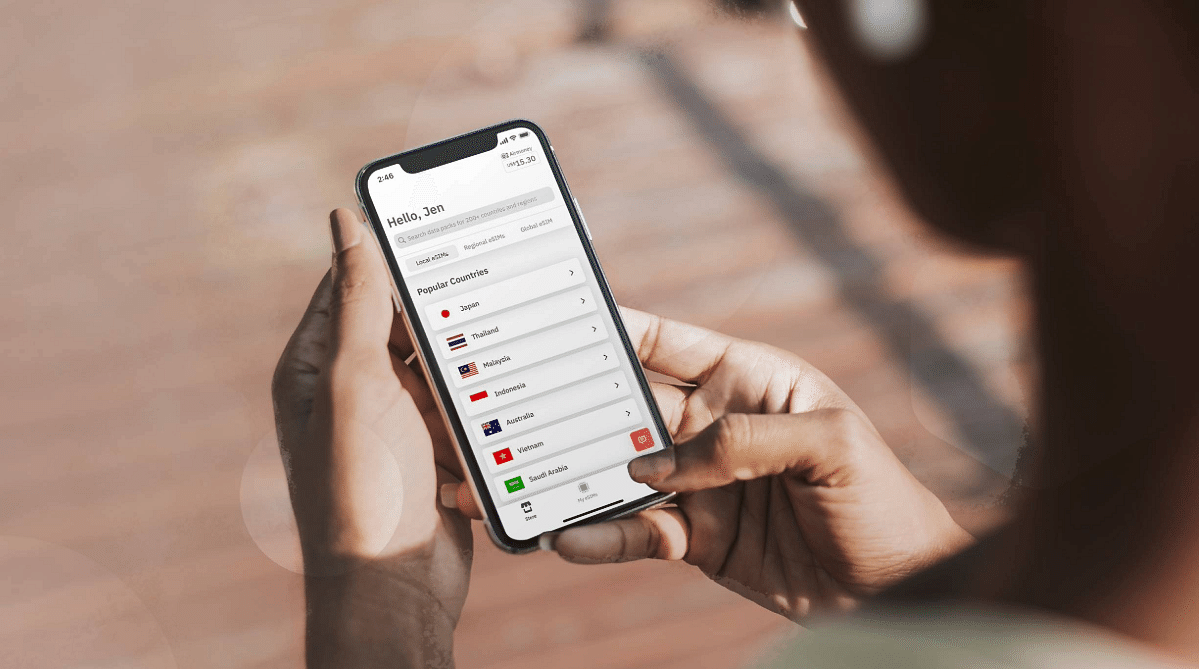
Are you planning a flight but unsure which option is best for you? You’ve probably heard air travel terminology, like layovers and stopovers, a million times, but exactly what are layovers and stopovers, and how do they differ from a connecting flight or an open-jaw flight? Below, we'll discuss everything you need to know!
What Is a Layover?
 Make the most of your layover by resting or shopping, Photo from Unsplash
Make the most of your layover by resting or shopping, Photo from Unsplash
Technically, it’s a connecting flight. Many airlines define a layover as a connection time of less than four hours if traveling domestically and less than 24 hours when traveling internationally. Passengers often have to change gates and planes, but that's not always true.
Example:
A traveler wants to fly from San Francisco to Glasgow, but there are no direct flights between the cities, causing him to have a two-hour layover at Heathrow Airport. This passenger can spend time wisely by duty-free shopping, grabbing a bite to eat, and getting in some steps around Terminal 5 before continuing to their final destination — Glasgow.
What Is a Stopover?
Stopovers are different from layovers in that they are usually longer. While a layover is usually less than a day, a stopover is often a full 24 hours.
Example:
A stopover would be similar to the example above, but the passenger would stay in London longer before traveling to Glasgow. It could look like the traveler flying from San Francisco to London, staying two nights in London to see the sights, and then continuing to their final destination — Glasgow.
What Is a Multi-City Connecting Flight?
 Multi-city connecting flights are an excellent option for travelers wanting more flexibility, Photo from Unsplash
Multi-city connecting flights are an excellent option for travelers wanting more flexibility, Photo from Unsplash
Pretty self-explanatory, a multi-city connecting flight is exactly how it sounds — a ticket with more than one single destination. Travelers can book flights to multiple cities via connecting flights.
Example:
A multi-city connecting flight looks like this: San Francisco to London, London to Paris, Paris to Dublin, Dublin to Glasgow. In this case, a passenger will visit each of these cities via a connecting flight. They can opt for stopovers or layovers to see more of each city before departing for their final destination.
What Is an Open-Jaw Flight?
Open-jaw flights work a little differently. An open-jaw flight is two or more planned flights with an open section in the middle of the trip. It's cleverly named because the outbound and return flights form an open "V" shape, mimicking a mouth or jaw.
Open-jaw flights offer flexibility while traveling to multiple destinations and provide the comfort of set flights.
Example:
Open-jaw flights don't have to begin and end in the same place. They also don't have to be limited to two flights. Travelers will, of course, need to arrange their own transportation for the open-jaw sections of the trip.
It might look like:
- Flying from San Francisco to London
- Then, traveling to Paris on your own means
- And flying from Paris to Glasgow
Stay Connected With an eSIM
 Access affordable eSIMs for 200+ destinations
Access affordable eSIMs for 200+ destinations
Traveling to multiple cities abroad? Stay connected when you travel is essential, and Airalo makes it easy. Simply purchase an eSIM, install it on your device, and instantly connect to a mobile network at your destination.
Here are a few reasons to use an Airalo eSIM when you travel:
- Connect to a mobile network within minutes of arrival.
- Choose from flexible local, regional, and global data plans.
- Eliminate the need to find a local SIM vendor.
- Say goodbye to expensive roaming charges.
- Store multiple eSIM data plans on your device.
- Running out of data? Top up in the Airalo app.
Sounds good, right? Remember to get an Airalo eSIM to stay connected wherever you travel.
FAQ
Can you leave the airport during a layover?
Whether you can leave the airport during a layover will depend on immigration rules and the duration of your layover. You'll want to check local immigration laws to ensure you don't need a travel visa. You'll also want to see how far the airport is from the city's center to see if it's worth exiting the airport.
Is a 40-minute layover enough?
Booking a layover under an hour comes with risks. Moderate delays can make it hard to make your connecting flight.
Do you have to go through customs on a layover?
Typically, you'll only go through customs when you enter a country. If you are waiting for a connecting flight, customs generally wouldn't apply, as this wouldn't be considered entering the country.
How to book multi-city flights?
To book a multi-city flight, you'll generally have to select a "multi-city" option instead of the classic "round-trip" or "one-way" options.
How to book flights with a stopover?
To book a stopover, you'll typically have to select a "multi-city" option instead of the usual "round-trip" or "one-way" options. You'll enter the first leg of your trip, account for your stopover, and then enter the next leg.
How to book open-jaw flights?
To book open-jaw flights, you'll generally have to select a "multi-city" option instead of the classic "round-trip" or "one-way options. You'll have to account for the open section in the middle of your trip and focus only on your planned flights.



